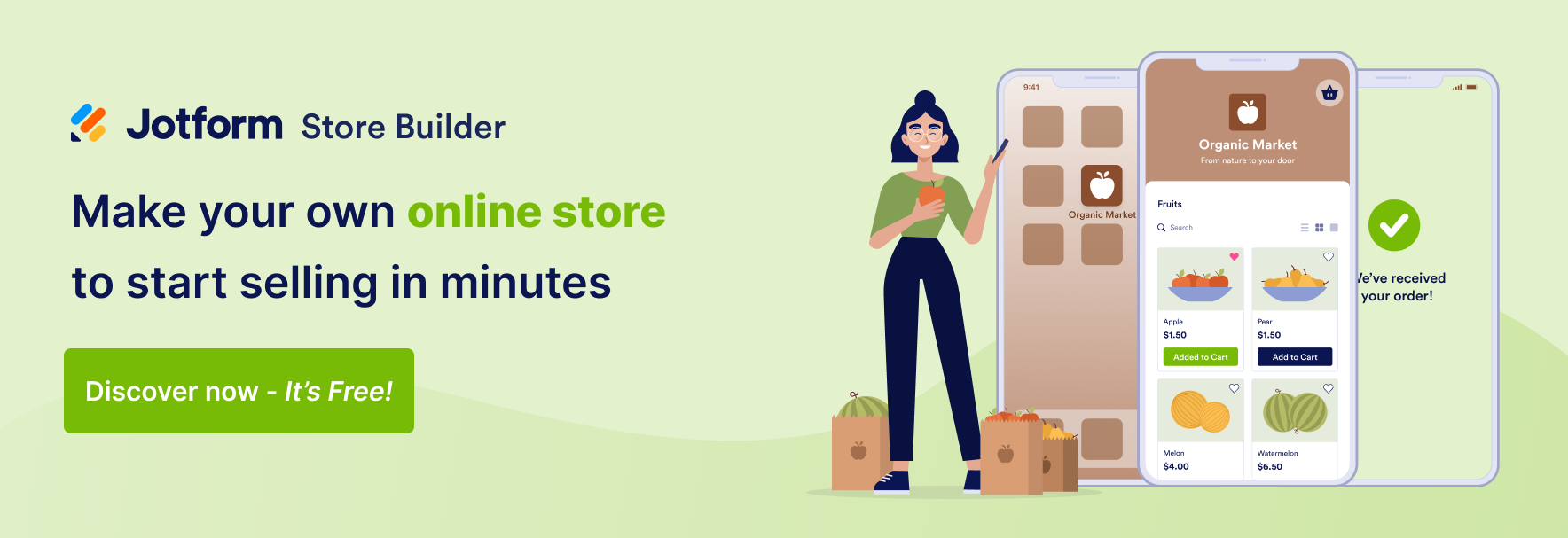Ways to automate the sales process
- Communicate with leads and customers
- Track sales activities
- Generate and manage leads
- Finalize contracts and proposals
For some, the phrase “sales process automation” sounds like an oxymoron. How can impersonal, mechanical procedures handle such a trust-driven relationship?
But under the surface, the sales process, like other business processes, has its share of tedious manual tasks — tasks that take away from actual selling time. In fact, about 33 percent of sales activities are ripe for automation, according to consultancy firm McKinsey. Companies are quickly discovering that automation will propel them to the future — and get them more leads and more sales.
The case for sales process automation
Some sales representatives might feel like they need to take care of every task involved in selling. Or they may think that automating tasks may inject a robotic tone into their communications with leads and prospects.
But the reality is that automation is a sign of a more efficient sales process. When sales representatives spend more time talking to clients and less time chasing them, they increase their chances of selling more.
A study by Hinge Research Institute showed that high growth firms are more likely to have sales process automation strategies than less successful firms. A growing business likely attracts multiple leads, meaning that sales representatives are guiding multiple clients through different stages of the sales funnel at the same time. The more open the business is to sales process automation, the more time representatives have to focus on several accounts at once.
Ways to automate the sales process
Automation doesn’t mean that a machine will take over. Instead, it will give your team more time to do what they do best — form relationships with prospective customers to meet their needs through your product or service. Here are four ways to automate your sales process.
1. Communicate with leads and customers
As wonderful as the miracle of email is, very few people actually like it. No one knows this better than sales representatives, who send about 36 emails a day.
A quick solution is a customer relationship management program that takes care of emails at the beginning of the sales process. Some CRM software can even automate voicemails when a sales representative misses a call.
For example, if someone makes an inquiry at a wholesaler website, the CRM can automatically reply and ask for initial information before a sales representative gets involved. A sales manager can set the system to send another follow-up email template to the lead if they haven’t responded in a set number of days.
You can set up several emails for a variety of needs in the sales funnel — such as meeting reminders, thank-yous, and signup requests — and customize the voice and tone so they sound as natural and friendly as possible.
Automated emails also maintain relationships with established clients through friendly reminders to renew contracts, birthday e-cards, and customer-exclusive offers on new products.
2. Track sales activities
It takes several touchpoints to turn prospects into loyal customers — knowing just how many for each client and sales representative is important to managers who want to constantly improve the sales process. If you don’t have these numbers, you can’t measure the progress of your leads in the sales funnel, making it more difficult to identify funnel blockages and inefficiencies.
This is another place where sales process automation can help. The last thing any sales manager wants is to weigh down their representatives with more time on the CRM.
Thankfully, many sales activity software programs automatically record every phone call, email, and meeting, prompting the representative to jot down notes when necessary. These programs then turn this raw data into logs and spreadsheets to help managers see which sales representatives need extra training and even where to implement more sales process automation.
3. Generate and manage leads
There’s perhaps no task more menial than copying and pasting information over and over. When sales representatives gather leads, they risk losing track of those leads among the many others they’re dealing with.
With lead automation, you automatically gather and organize leads and contact information. For example, a printing service can gather names and contact information for publications in their market, allowing them to track and contact these leads — without spending hours online looking for them. Some programs even connect to LinkedIn and Facebook to gather contact information.
Of course, lead management isn’t limited to contacts. Specialized lead management programs score and qualify leads before sending them to a CRM, automatically moving them along the sales funnel.
4. Finalize contracts and proposals
Closing a sale is arguably the most important and exciting phase of the sales process, which is why it’s critical to make it as smooth as possible.
One way to increase the likelihood of success in this phase is to automate as much of the contract management as possible, reducing errors and keeping clients satisfied. Customer management programs ensure contracts are sent on time, don’t get lost in in-boxes, and are easily updated when necessary.
These programs provide e-signature tools for quick signing, prefill contracts with buyer and seller information, generate invoices, and even analyze contracts for errors or changes. For sellers, automation speeds up approvals and contracts so everyone is on the same page before communicating with the buyer.
Jotform for sales automation
While plenty of programs handle sales, sometimes you need more capabilities. Jotform is a flexible tool that allows you to use forms in sales process automation.
Customizable form templates like lead generation forms come in handy. Plus, your sales representatives can use all of these forms on the go with the Jotform Mobile Forms app.
These forms connect to Jotform Tables, a database-spreadsheet hybrid tool that has templates for CRMs and call logs to make sales analysis easier. Jotform also integrates with a variety of the most popular CRM programs, such as HubSpot, Salesforce, and Zendesk.
When you get closer to the end of the sales funnel and need PDFs, Jotform PDF Editor provides templates for sales agreements and contracts.
Automation doesn’t just help free up your sales representatives’ time and energy — it makes your customers happier and improves your bottom line.


































































Send Comment: